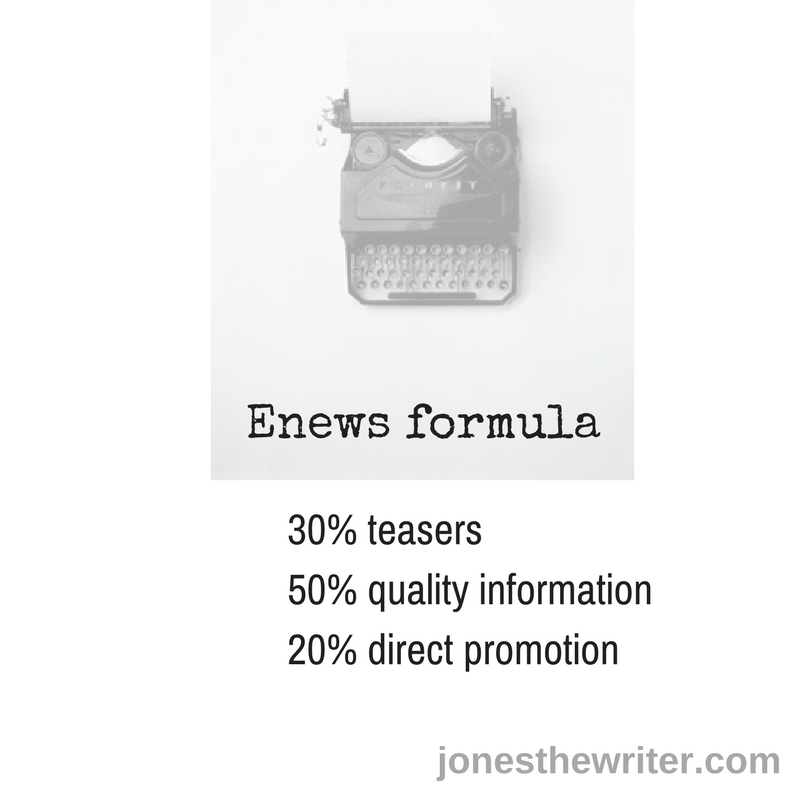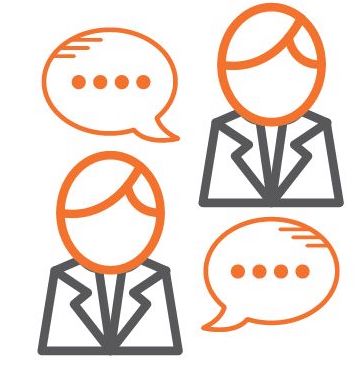
Do you think email marketing (that’s your email newsletters and email automated campaigns) is dead? Are you mistakenly believing that you need to invest all your time into your social media marketing at the expense of other digital marketing channels?
You might be doing your business a disservice because according to MarketingSherpa, ‘72% people prefer to receive promotional content through email, compared to 17% who prefer social media.’ Those kind of stats are just too hard to not experiment with, let alone ignore.
Not only does email marketing in the form of an enewsletter provide an effective way of communicating new and existing services or products you have but it will ensure clients/customers feel connected, attended to and will encourage click throughs to your website and social media channels. And if it’s more effective than social media marketing, then you need to rejig your focus!
But almost everyone has an inbox overflowing with various enewsletters, so it’s important to fill yours with interesting and relevant content. Not sure what to include in your enews? You may like to experiment with the following enewsletter content formula that I have prepared for you.
Enewsletter formula

30 per cent teasers
- to other content (this is a great way to cross promote with another business owner)
- hints at what is coming up
- showcase your latest blog posts and content articles (remember to include a sentence or two from your posts that grab attention and make people want to click and read more)
50 per cent quality information
- short blog piece or content in full (200 – 400 words are plenty)
- inspirational quotes
- videos from industry experts (save the cat videos for Facebook)
- case studies from your previous success stories
- book or product reviews (related to your industry)
- offers, discounts or giveaways
20 per cent direct promotion
- products
- services
- sales etc.
Examples of what to include in an enews

- events
- special offers, discounts and sales
- new services or products
- business updates
- a profile on a service or product (especially if you offer more than one) eg ‘What is bookkeeping’
- articles eg ‘how can accounting can help you save money’
- personal updates
- lists (links of helpful websites, top five helpful hints lists)
- currently reading or inspirational books
- inspirational quotes (one or two per email is fine)
- affirmations
- staff news (new employees, babies, staff leaving/retiring)
- business awards/nominations or any recognition
- staff profiles
- social photos
- cross promotional feature of a friend’s/peer’s business or service
- ask that they do the same for you
- competition to win your service or product
- a client/customer testimonial or case study
- surveys
- free products— eg downloadable meditation, voucher, ebook etc
- question and answer interviews
- short video clip—perhaps introducing yourself or talking through a topic
- forecast—what is coming up for you, give your recipients a sneak peek
Make sure you set up your template so that every enews includes:

- contact details
- a pointer to websites (include several hyperlinks throughout the enews if necessary)
- a pointer to all social media platforms you’re on (e.g. Facebook, Twitter, Instagram, YouTube, Blog etc)
- an unsubscribe option
- privacy policy/statement
- a forward to a friend option to make sure your readers’ friends sign up too
- disclaimer—this can link to your disclaimer on your website
- copyright statement
What makes a great subject line?
Here are two more important factors to a good enewsletter:
Sporadically—every four to six months—make your enews purely about the readers, cut out the promotion and offer quality content and/or a free product or service or ask them a question to invite conversation.
Include a clear call to action. Make your readers do something. That could include going to your website, booking an appointment or providing you with feedback. Aim to have at least three calls to action per enews—even if they are the same. Read my enewsletters here.
Email is 40 times more effective at acquiring new customers than Facebook or Twitter. – McKinsey

